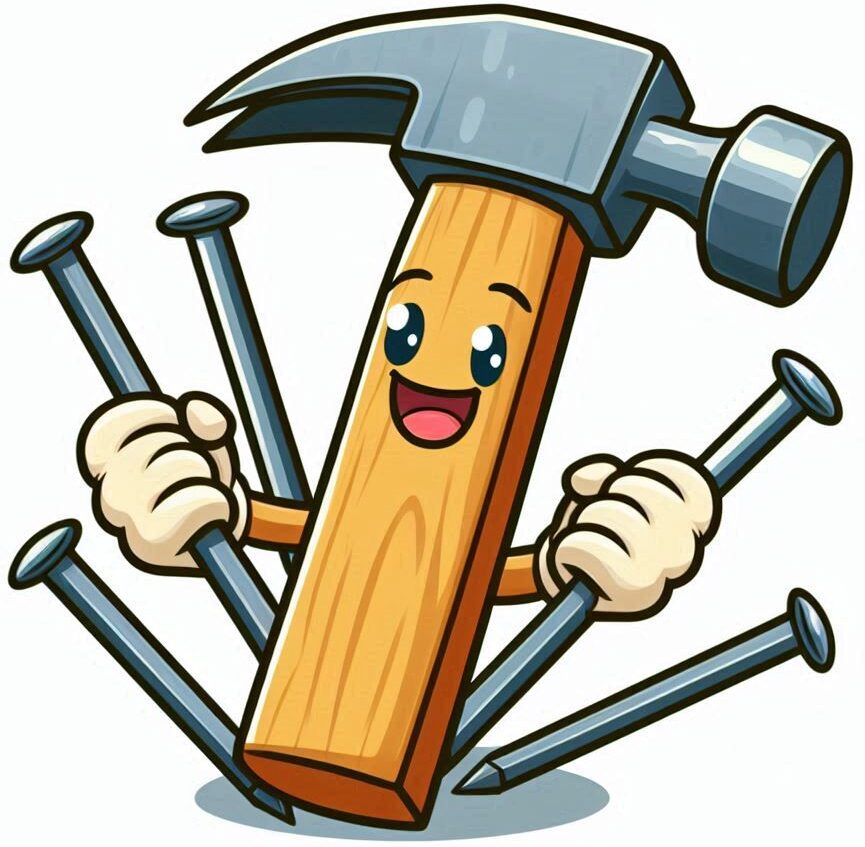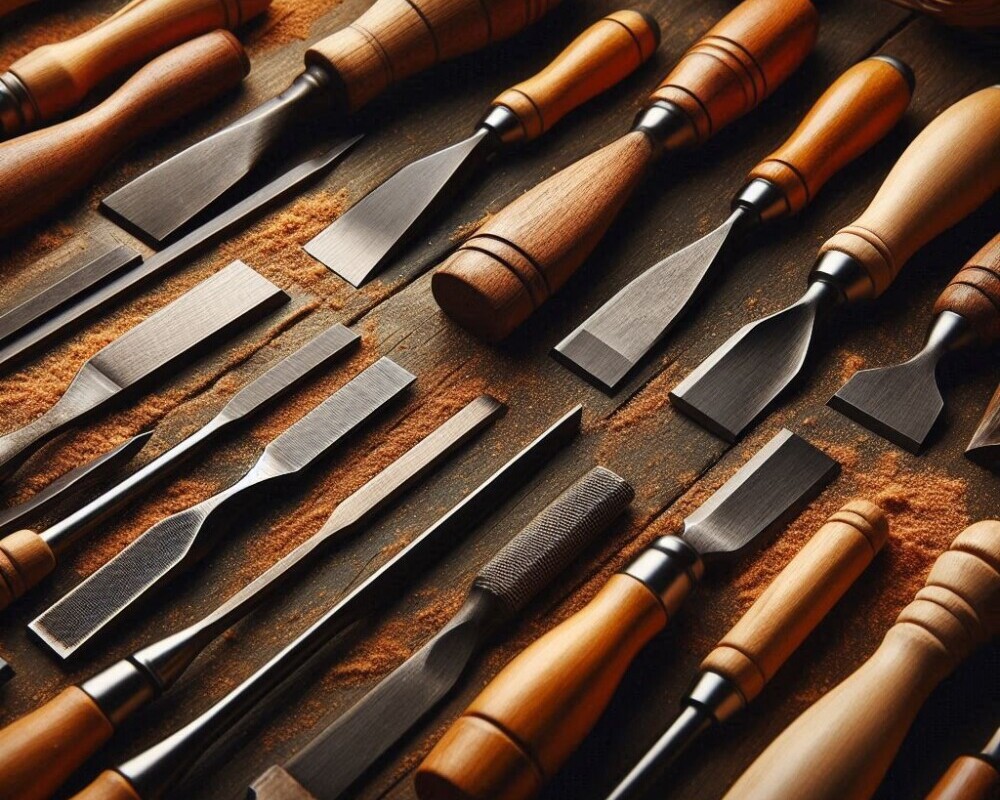When diving into the world of woodworking, one of the first tools you’re likely to encounter is the chisel — but not all chisels are created equal. Understanding the difference between wood chisels can save you from frustration and help you achieve cleaner, more precise cuts. From bevel-edge to mortise chisels, each type has a specific purpose that can make or break your next project. Whether you’re paring joints or chopping out waste, the right chisel makes all the difference in both performance and finish.

When you’re dipping your toes into the world of woodworking, having a trusty chisel at your side is like having a good cup of coffee — pretty much essential. Wood chisels are the unsung heroes in crafting everything from elegant furniture to intricate sculptures. Pretty cool, right? These tools might seem simple, but they’re pretty mighty when you’ve got the right one in hand.
Wood chisels are more than just sharp edges; they’re the tools that can make or break your project. From carving to cutting joints, there’s a whole variety of chisels, each lovingly designed for a specific purpose. The trick is knowing the difference between them, which is what sets apart a seasoned woodworker from a beginner. And let’s face it, we all want to up our game, don’t we?
This article is your guide to demystifying those crucial questions that can really stump you. What kind of chisels are out there? What’s the secret to picking a good one? And perhaps the million-dollar question: is a more expensive chisel really worth it? Stick around as we break down the nitty-gritty, making sure you have the know-how to choose, use, and get the most from your tools.
** Here’s a little transparency: Our website contains affiliate links. This means if you click and make a purchase, we may receive a small commission. Don’t worry, there’s no extra cost to you. It’s a simple way you can support our mission to bring you quality content.**
As an Amazon Associate, I earn from qualifying purchases.
Navigating the Range: Types of Wood Chisels
Ever walk into a tool shop and see a row of chisels, each looking the same at first glance? It’s like a secret club with its own language, right? Well, each chisel actually belongs to a special type, designed for specific tasks, so they aren’t all interchangeable.
Let’s start with the bevel edge chisel. It’s the all-rounder, your go-to for joints and general work. Its angled edges make it perfect for getting into tight corners — think of those small nooks you can’t quite reach.
Then there’s the firmer chisel, which sounds exactly like what it is: firm. It’s stout and tough, great for heavier tasks where you need that extra punch. Picture it as the heavy lifter in your woodworking arsenal.
Mortise chisels are another beast altogether. Built for cutting square holes (yes, it is possible!), these guys are thick and hefty. They’re your best friend when you’re working on mortise and tenon joints, providing strength and accuracy.
Paring chisels, in contrast, are all about precision and finesse. Their long, thin blades allow you to pare away thin shavings of wood with ease. These are ideal for those finishing touches where every millimeter counts.
Lastly, we’ve got gouge chisels, with their curved blades catering to any work involving curves or hollows. They’re child’s play to use when you’re tackling projects like spoons or carved bowls.
Now that you know what’s what, picking your tools becomes a matter of matching the chisel with the job. Keep these differences in mind as they can really shift the results of your projects from okay to exquisite.
Choosing Wisely: How to Select a Good Wood Chisel
Picking out a solid wood chisel is kind of like finding the right pair of jeans — it needs to feel just right. It’s not just about grabbing the flashiest tool on the shelf. There are a few things to keep in mind to make sure you end up with something that’ll see you through plenty of projects.
- Start with the blade quality, which can make a big difference. Look for high-carbon steel blades that hold an edge well. Trust me, it’ll save you tons of time sharpening. Stainless steel can be another option, giving you good rust resistance, but balance this with how often you plan to use and maintain them.
- Handles matter too. Whether you’re into the classic feel of wood or a more modern, ergonomic plastic grip, your choice influences comfort and control. Test them out if you can and see what feels natural in your hand.
- Speaking of blade size, think about the typical projects you’re going to tackle. Wider blades give you more control on large surfaces, but narrow ones offer precision for detail work. It’s not about one size fits all, it’s about what projects you envision in your woodworking future.
- Check out reviews or ask around in woodworking circles for honest opinions, especially for brands you’re eyeing. Online reviews can be goldmines of information without the marketing fluff. People will share their experiences — the good, bad, and ugly. Custom advice from seasoned woodworkers often highlights overlooked factors like balance and ease of sharpening.
By focusing on these elements, you’re investing in tools that not only fit your hand but match the way you work. Don’t rush the process; it’s all about ensuring you get quality chisels that make your woodworking journey a smooth ride.
Price Point and Performance: Cheap vs. Expensive Chisels
So, you’re standing in the aisle with a pricey chisel in one hand and a budget one in the other, wondering what’s really the difference, right? Here’s the scoop. Expensive chisels often come with higher-quality materials, meaning you’re less likely to deal with constant sharpening or quick wear-and-tear. They’re made to last, which can actually save you money in the long run.
- Cheap chisels might draw you in with their low prices, but think about what you might be sacrificing. Often, they use lower-grade steel that can dull more quickly, meaning more time spent maintaining and less time actually getting your project done. Plus, cheaper handles can be a pain to grip, impacting your precision and comfort, especially on longer jobs.
- Deciding between cheap and expensive isn’t just a cash choice; it’s about what you value. If you’re just starting or chiseling only occasionally, a budget set might work fine. However, for heavy-duty craftsmen or regular woodworkers, investing in a set of higher-end chisels with robust construction ensures you get consistent performance throughout your projects.
- Consider also the impact on your craftsmanship. High-quality chisels can elevate your work from satisfactory to superb with their sharper edges and greater accuracy. They offer a control and feel that cheaper ones can’t match, which might be just the nudge you need for creating those flawless joints or pristine carvings.
- At the end of the day, weigh the initial cost against the potential benefits. Balancing cost with need is key — sometimes paying more up front gets you durability and performance that cheaper options simply can’t deliver. It’s like finding the right blend of price and potential to match your personal woodworking style.
Application Insights: Uses for Different Chisels
Understanding the function of each chisel is like unlocking a new level of woodworking skills. Bevel edge chisels, with their angled sides, are your secret weapon for crafting detailed joints; perfect for making dovetails or explore the finer edges of joints. They really shine when precision is needed in tight spots.
When you’re working on heavier projects, like crafting solid frames or robust furniture pieces, firmer chisels are your go-to. Their strength and durability make them ideal for tasks where you need a firmer hand to manage thicker, tougher materials.
Enter the world of mortise chisels when you’re aiming for a professional touch with mortise and tenon joints. Their thickness helps to efficiently clear material and create square slots without bending or breaking under pressure.
Paring chisels play their best role in the finishing stages of your project. When you’re focused on finesse, these are your gentle giants for trimming the excess and refining the finish down to whisper-thin layers.
Want to add some flair with curved designs? Reach for gouge chisels. Their convex blades make them just right for shaping rounded edges or incising decorative grooves, bringing a new element of artistry to your work.
Extracting the best from your chisels means matching the tool to the task. Not only will this improve the quality of your woodworking, but it also maintains the lifespan and sharpness of your tools. Chalk it up to using the right tool for the right job, allowing you to work smarter, not harder.
Check out tips and tricks from veteran woodworkers and you’ll see: the right chisel can make a world of difference. Each project tells its own story with the right combination of tools and techniques.
Happy building!
Here’s a great source for Woodworking Plans and Tutorials:
Interested in building a business in woodworking??
There are 100’s of ways you can build a business around your passion for the crafts.
Check it out…




